20 Times Kindness Won the Argument Without Saying a Word

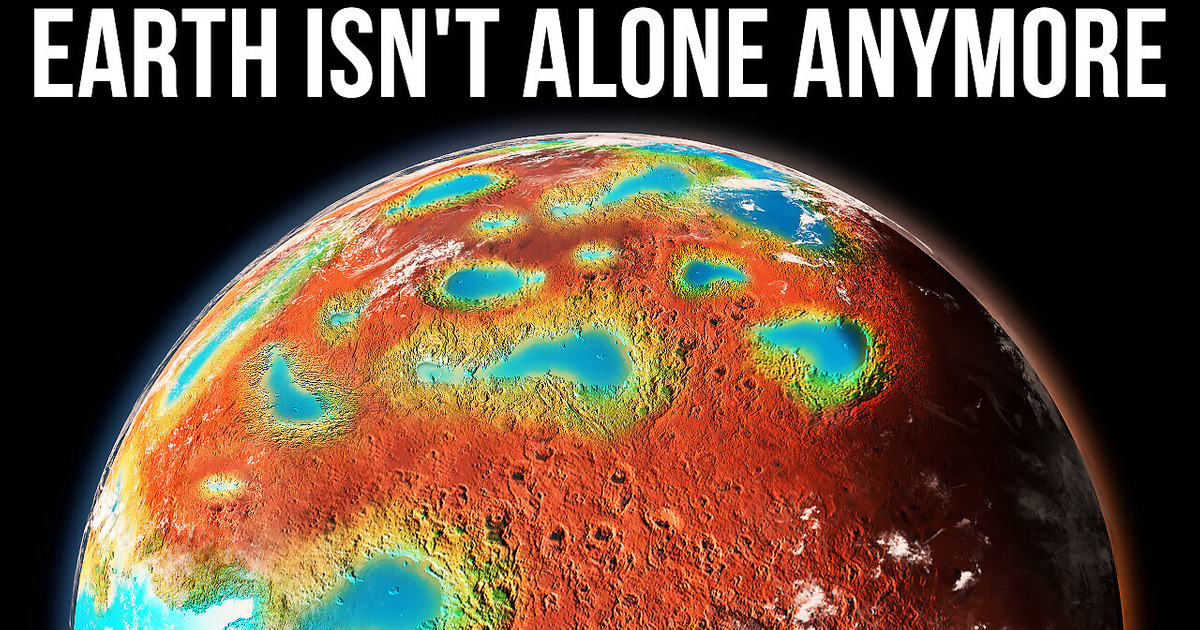
The search for ET is on! It’s most definitely on. With the successful launch of the James Webb Telescope, the search for Earth-like planets has become a riveting topic of worldwide attention. Apart from the James Webb Telescope, other tools are being used to find good “Earth-like” candidates.
The TESS satellite and the Kepler telescope are at the forefront of searching for other Earths. After we first clear the air of a few pesky philosophical questions, we will take a close look at these two searches — and what the James Webb Telescope hopes to find. So, why are we searching for Earth-like planets? Because we can!
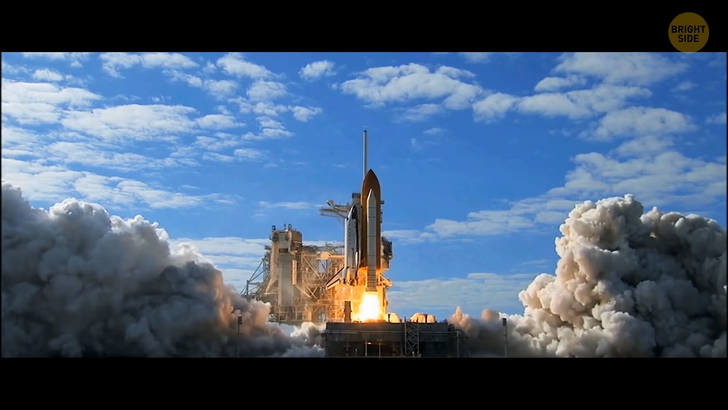
Incredible advances in Earth-bound telescope technology have enabled ultra-precise observations of starlight — which led to the earliest discovery of exoplanets. As planets go around stars, there is a gravitational interaction between the planet and the star — they pull each other. The planet’s pull upon the star will cause the starlight to “wobble” back-and-forth ever so slightly as the planet, or planets orbit the star. This has always been the case, but the wobble of the starlight was never able to be detected — because starlight always “twinkles”. “Twinkle, twinkle....”
Adaptive Optics inside telescopes is the technological breakthrough that first enabled astronomers to find exoplanets — by taking the “twinkle” out of starlight. Mechanical springs on the underside of telescope mirrors bend the mirrors ever so slightly to neutralize the distortion, the twinkle, caused by starlight passing through Earth’s atmosphere.
Without the glimmer of starlight, the slight wobble caused by planets pulling gravitationally on the stars is observable—the bigger the wobble, the more planets. It is called the “astrometric” method of exoplanet detection. Isn’t that a mouthful? Whole star systems and literally thousands of exoplanets were inferred to exist around nearby stars by analyzing the wobbly patterns of starlight. But the planets themselves could not be seen.
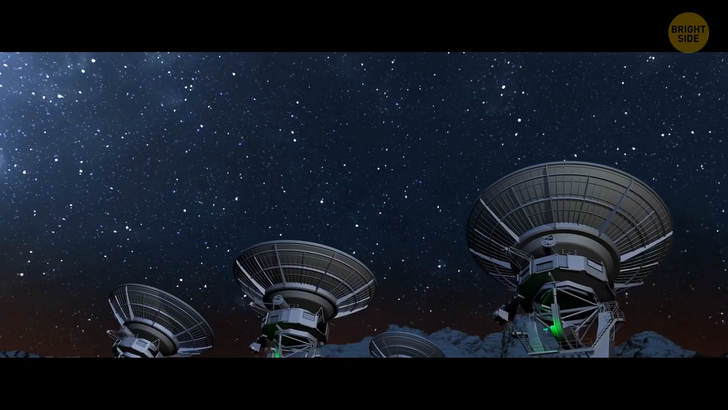
Suddenly, our solar system was not unique anymore. Astronomers got giddy over the inescapable conclusion that probably every star had planets! It became impossible not to ask the poignant question: is the Earth unique, or are there other “Earths”? What’s the Big Deal about finding Earth-like planets anyway?
Considering all the financial resources the developed countries are spending on finding Earth-like planets, it can be said without a doubt that it’s definitely a Big Deal. Including the launched James Webb Telescope, which cost 10 billion US dollars, the Kepler Space Telescope, which cost 550 million US dollars, and the TESS satellite, which cost 200 million US dollars, the investment in finding Earth-like planets is certainly eyebrow-raising!
If you keep in mind that these costs are just for the hardware and to get a sketch of the full magnitude of “The Search” you must also include the salaries of a team of data-miners, Ph.D. analysts, and post-grads all across the globe in Universities, national space agencies, and private institutions. We will conclude that finding another Earth is truly an immense undertaking. Suppose we find one? Then, Earth is not alone anymore.
It’s not that we can actually go to any of these planets anytime soon. Interstellar travel requires some breakthroughs in physics and technology, and, well, we aren’t there yet. But knowing that there are planets out there in the Milky Way that are like Earth in all the essential respects like liquid water, oxygen, and habitability will make space less foreboding, more welcoming, more exciting to study and explore. It may also give us more pride in our home planet and make us all better “Earthlings.”
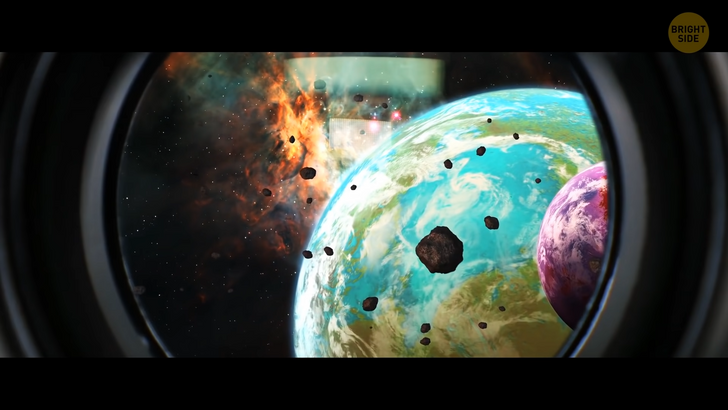
The triple mission looking for other Earths, the Kepler telescope, the TESS satellite, and the James Webb Telescope use distinct approaches to finding exoplanets. And the acronym “TESS” tells us what that method is.
The “T” stands for “Transiting,” and that’s the key to the whole Exoplanet search. “E” stands for, you guessed it," Exoplanets," the target of the excellent investigation for another Earth. “S” stands for “Survey” because TESS looks at hundreds of thousands of nearby stars. And “S” stands for “Satellite” because TESS is orbiting Earth, unlike the James Webb Space Telescope, which will orbit the Sun! When a planet passes in front of a star, that is called a “transit.”
The planet will block some of the light coming from the star. This decrease, or dimming, of the star, can be measured. The dimming of starlight tells lots of things about the planet. By knowing how bright the star is and how much the star’s light was dimmed by a transition in front of the star, we can tell how giant the planet is or how close it is. But we won’t know which. Is it big, or is it close, until the planet’s orbit is also timed? It means our TESS satellite must take long-duration videos of the stars! Videos of the stars. Hollywood should like that!
The TESS satellite doesn’t have a telescope. It uses four CCD cameras to stream live long-duration videos of as many stars as possible — hundreds of thousands of stars. Why so many? Because for a transit of a planet to be observed, it must pass directly between the TESS satellite’s cameras and the star. If a planet is not on the exact line-of-sight angle between the star and TESS’s camera, it cannot be seen because it will not cut off any starlights.
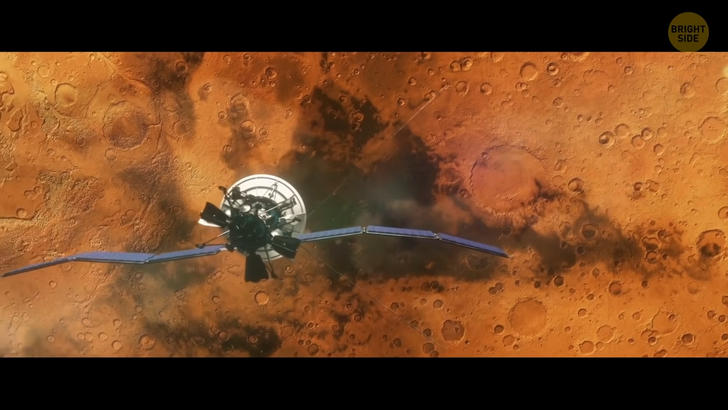
Planetary transits are rare. For example, Venus passes across Earth’s view of the Sun only every couple hundred years. Yet, TESS’s cameras are seeing many planetary transits among the hundreds of thousands of stars it takes streaming long-duration videos of — and you know what that means. It means there must be hundreds or thousands of times more planets than are observed by the transiting method.
It is, therefore, an inescapable conclusion that every star has planets. Planets are everywhere! And now — ta-ta! — the James Webb Space Telescope, with its giant 21-foot 4-inch wide mirror, is entering the search. It is a technological marvel, a Wonder of The Modern World, a miracle of advanced engineering. Anticipation is reaching a fever pitch. But with the heightened anticipation comes an almost equal amount of trepidation.
And some things can still go wrong before the James Webb Space Telescope returns its first pictures. After the Hubble Space Telescope, for example, was launched in 1990, a repair mission had to be launched in 1993. The mirror on the Hubble was not very well inspected, and its pictures were very blurry. Astronauts had to go up and execute a spectacular spacewalk to fix the mirror. After the fix, the pictures Hubble sent back were more precise than it was even designed for.
This is how an improved model appeared. That cannot happen with the James Webb Telescope. The Hubble Space Telescope orbits the Earth and is accessible to astronauts. The James Webb Space Telescope orbits the Sun and is well beyond the Moon, out of the reach of astronauts because there is no spacecraft equipped to carry them there. It cannot be manually fixed if something goes wrong.
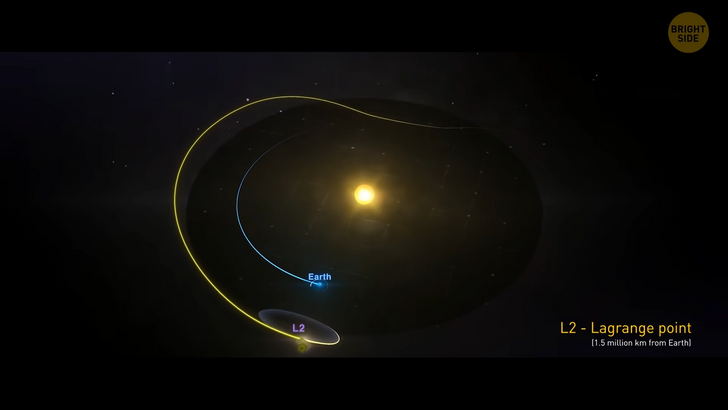
Adding to the challenges, the James Webb Space Telescope has only one onboard camera to inspect any damage it may suffer or mechanical malfunctions that might develop in the harsh environment of interplanetary space. Any remote fixes will need to be done blind from Earth. The James Webb Space Telescope is now fully deployed. The 18 mirror segments will need to be aligned to produce a single image.
This critically important process will take several months to complete once the telescope is fully deployed. Seventy of the first 286 observation assignments of the telescope target exoplanets. Using data from previous exoplanet searches, it will not have to waste time searching for exoplanets. Their locations and orbits are already known. The James Webb Telescope will go right after them!
The James Webb Space Telescope is not an optical telescope in the same sense as the Hubble Space Telescope or any ordinary telescope that sees visible light. It sees infrared light. The pictures of planets are expected to be bright dots, somewhat fuzzy if they have atmospheres. The spectra of the planets will yield the most information about the exoplanet. Any gasses around an exoplanet will absorb some starlight as the starlight passes through the planets’ atmospheres.
Suppose there is methane in the planet’s atmosphere, oxygen, or carbon dioxide; the gasses that most indicate life. In that case, the James Webb Telescope will be able to pick them up by spectroscopic analysis. An entire portrait of the exoplanet can be formed from the infrared information: its temperature ranges, atmospheric content, the likelihood of liquid water, and even the probability of life. And that’s a Big Deal.
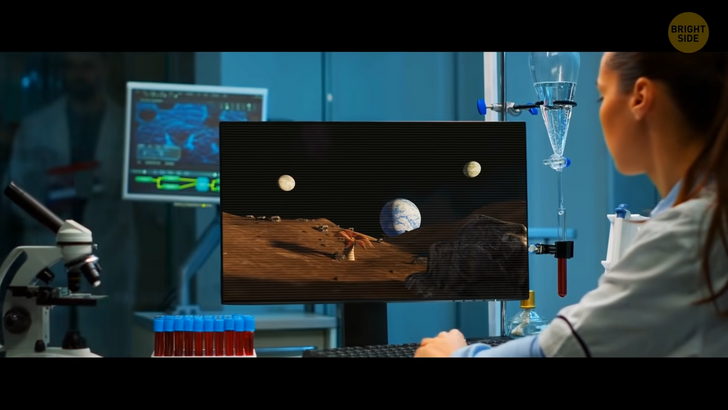
The James Webb Space Telescope has other missions to perform too. It is assigned to examine star formation and planet formation in nebulae in the Milky Way. Understanding how solar systems form is part of the search for another Earth. By detecting infrared light, the James Webb Space Telescope will peer to the farthest away galaxies — galaxies whose visible light gets blocked by dust and gas.
These distant galaxies were formed shortly after the Big Bang. Galaxy formation is an essential mission for the James Webb Telescope. These most distant galaxies are accelerating away so fast that the light they emit is stretched below the frequency of the visible spectrum — into the infrared.
The Great Telescope can see these previously invisible galaxies. We hope to learn about the mysterious Dark Energy that is causing the Universe to expand at an ever-accelerating velocity. Hope is high that the James Webb Space Telescope will significantly expand our knowledge of this amazing Universe we all live in.











